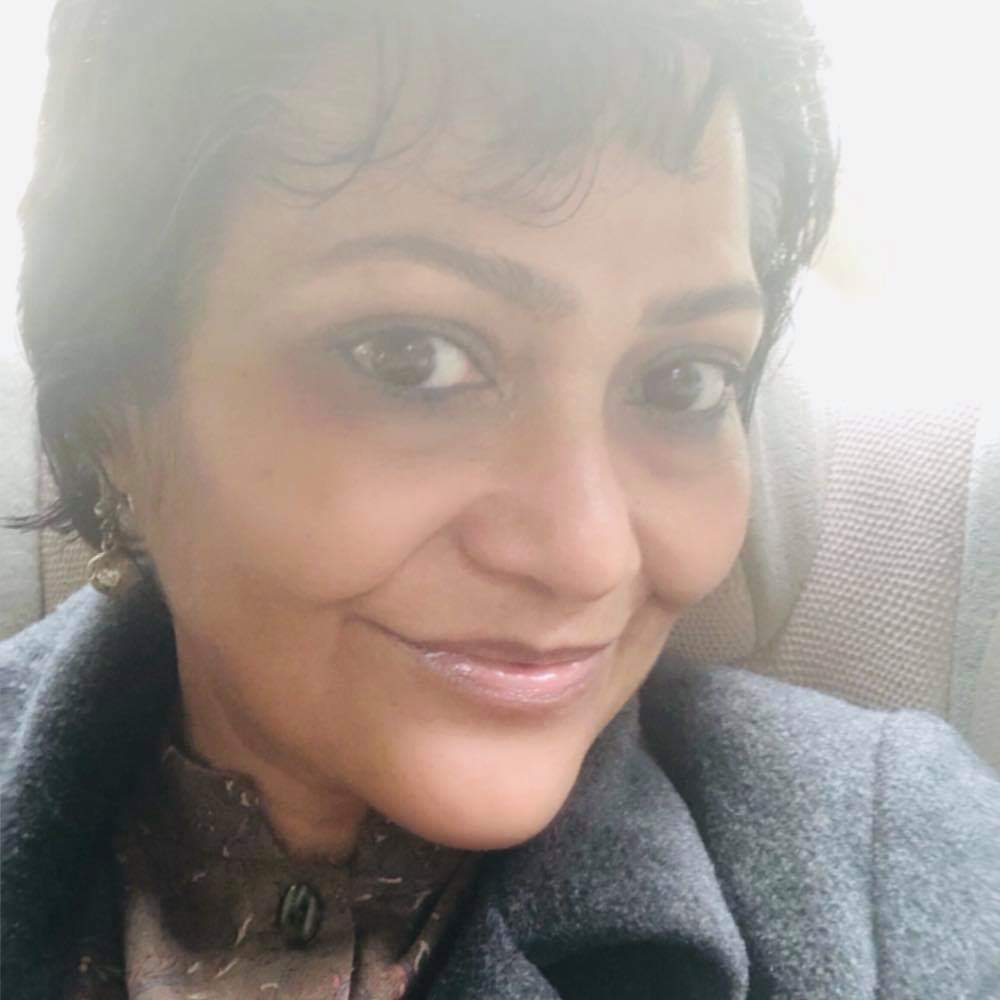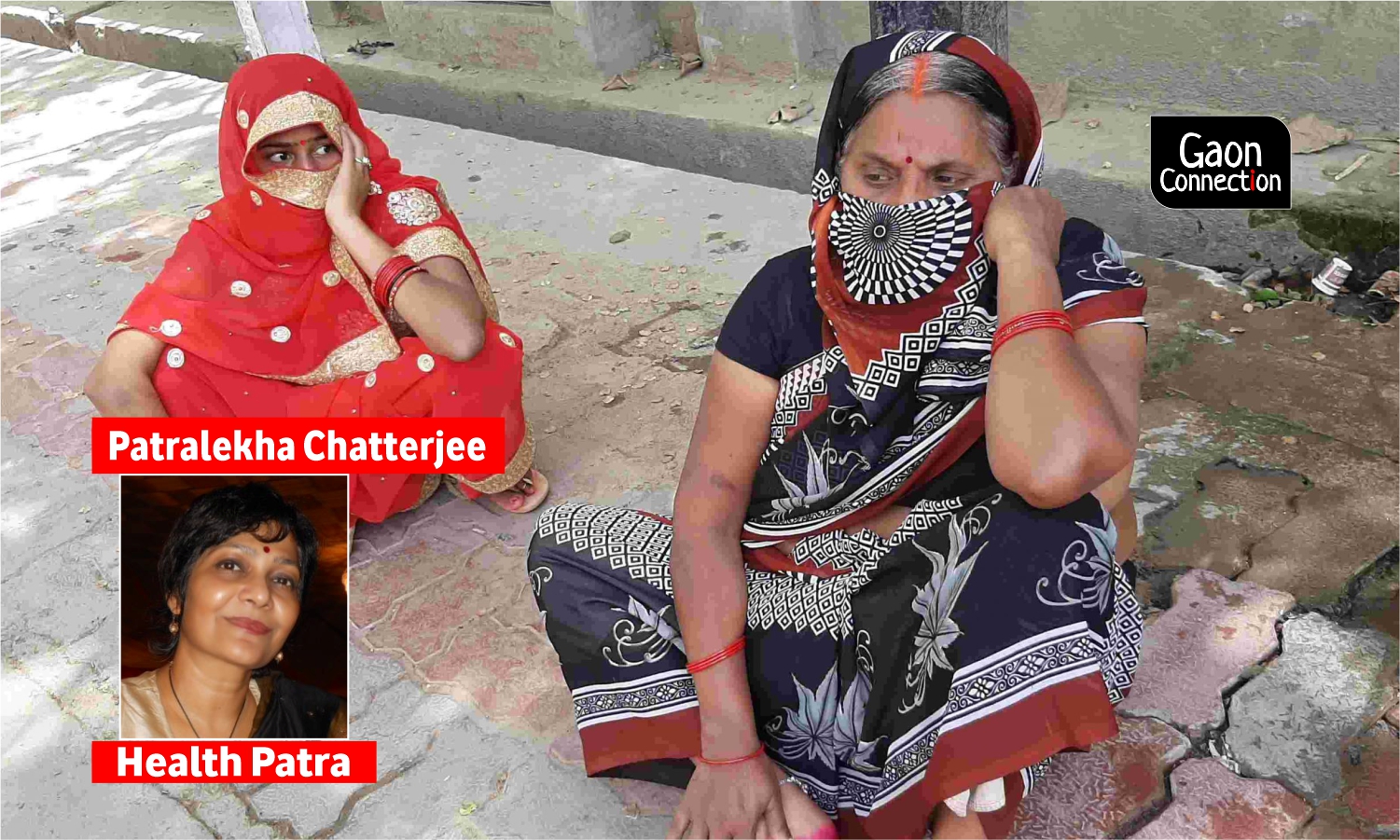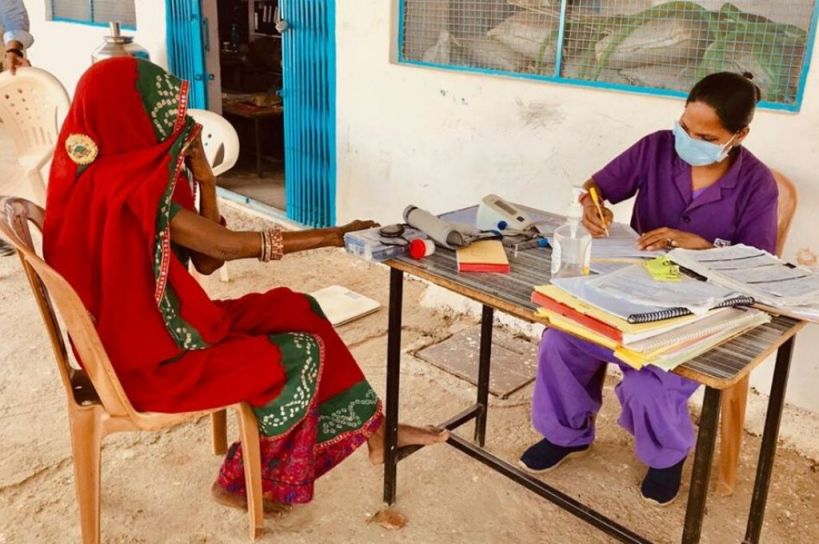In the COVID-19 pandemic, hidden morbidities in rural pockets may morph into another health catastrophe
Overburdened with corona services, the Health and Wellness Centres in rural areas are unable to screen people for non-communicable diseases. This may lead to another health crisis.


Nearly eight months after India’s first confirmed coronavirus case was detected in Kerala, and more than 92,000 deaths later, we continue to battle COVID-19. The dead are in our thoughts, in our hearts, in the headlines and in spaces we frequent virtually.
It is natural to focus on the death toll in the time of a pandemic. But far from the public glare, another tragedy looms. This one is about those dying a slow death, the sickly who desperately need medical attention but are unable to access it, those who are forced to live with morbidity – the consequences and complications (other than death) that result from a disease.
Focusing only on death as a measure of the direct and indirect effect of the coronavirus pandemic glosses over the hidden story of morbidity. Hospitalisations from COVID-19 provide an important and useful direct measure to help assess morbidity. But in many parts of rural India, where access to basic healthcare is not guaranteed – especially now, when the health staff is mostly busy with COVID-19-related work – do we know how seriously affected are those who are not able to visit a hospital or get medicines on time because of pandemic-related barriers?
The short answer is no.
In the early months of the pandemic, most COVID-19 cases were reported from urban areas. That is no longer true. The virus has spread into rural areas where the health infrastructure has been traditionally much weaker.

Once again, public attention has focused on deaths but we also know from numerous official indicators that there was a disturbing break in health services, especially in the immediate aftermath of the announcement of the nationwide lockdown. Frontline health workers I spoke to at that time spoke about stoppages in immunisation schedules, drop in laboratory investigations and restrictions in access to healthcare for those who had ailments other than the novel coronavirus.
Now, things are supposed to be back to normal.
In July this year, the Union Health Ministry said that despite the challenges posed by the COVID-19 pandemic, medicines were dispensed to about 5.62 lakh hypertension patients and 3.77 lakh diabetes patients at the Health and Wellness Centres (HWC) in June alone and that in the last five months, 1.41 crore individuals were screened for hypertension, 1.13 crore for diabetes and 1.34 crore for oral, breast or cervical cancer.
Establishment of HWCs is viewed as an important intervention that aims to integrate screening for cancer and other non-communicable diseases into India’s primary healthcare system and is part of the Narendra Modi government’s flagship Ayushman Bharat programme: 1,50,000 sub health centres (SHC), primary health centres (PHC) and urban primary health Centres (UPHC) are supposed to be transformed into HWCs by 2022. As of now, 46,419 have been built. But talk to doctors and health workers living and working in remote rural areas and they will tell you that the picture is not that rosy. Many people in rural India are still not able to access the medical care they need desperately. They are also missing out on medicines and their health is deteriorating.
Why is this happening?
One reason is that the rural healthcare infrastructure, which is weak even in normal times, is now mostly geared towards dealing with the pandemic. Health centres and hospitals are overstretched even in normal times. Now, everyone has been put on pandemic duty and there is barely any time for those with other healthcare issues.

Chandrakant, a volunteer with the Jan Swasthya Abhiyan in Chhattisgarh, talks about the plight of people in Kukdur village of Kabirdham district ever since the HWC in the vicinity stopped screening for non-communicable diseases (NCD). “At our local sub-centre, the health staff including ANMs (auxiliary nurse and midwife) are too busy on COVID-19 duty. Even in normal times, these places are short-staffed but with the onset of COVID-19, there is just no one to deal with other diseases. NCD screening was being done at health and wellness centres before March, but it has stopped.”
Hypertension is usually the most common NCD screened in HWCs.
Given India’s growing NCD burden and its spread into villages, NCD screening at the new HWCs was a welcome step. But the pandemic has put a stop to this.
Chandrakant said even Nutrition Rehabilitation Centres (NRC) that cater to the needs of severely acute malnourished children are closed now.
“There is still no public transport in many places in Kabirdham. The sickly have to be transported on rented vehicles or on motorbikes to nearby hospitals. Women are worse-affected than men. First, there is the general reluctance to go to a hospital because of the fear of catching the coronavirus and second, there is the hesitancy in asking male members of the family to leave aside their work and accompany them to the doctor,” he added.
The health centres that are open neither have all the medicines that are needed nor the staff.
Protecting Cancer Care through the Covid-19 Crisis and its Aftermath, an August 2020 issue brief for The Observer Research Foundation by academics Mitu Sengupta and Asit Arora, brings to the fore the difficulties faced by cancer patients.
“The lockdown phase of the COVID crisis in India was marked by complex restrictions on intra- and inter-state travel and massive disruptions in public transport systems. For many cancer patients and their families, this posed grave difficulties.

Arivazhagan, a 65-year-old farm labourer in Tamil Nadu, had to travel 130 km on his bicycle from his village to a cancer centre in Puducherry, so that his wife could receive her planned chemotherapy dose on time. He was stopped by the police multiple times, and was only able to move forward after producing his wife’s medical records and chemotherapy schedule,” note the researchers. Arivazhagan’s case, they point out, is presumably “the exception rather than rule as the typical caregiver would be put off by the prospect of such an arduous and risky expedition with their patient.” They go on to say that “it is reasonable to assume that the COVID crisis has discouraged tens of thousands of people from obtaining medical attention, which is why fewer people are accessing treatment at all levels of the system.” The most crucial step towards safeguarding early detection initiatives at the primary level, however, “will be to ensure that the Health and Wellness Centres piece of the Ayushman Bharat Programme (AB-HWC) is protected and rolled out according to plan,” the ORF report said.
Yogesh Kalkonde, a physician who works with the NGO SEARCH in rural Gadchiroli in Maharashtra, said many of his patients from nearby villages are running out of medicines. “Recently, I had a patient who had a heart failure. She survived, and was on medication. During the lockdown, she ran out of medicines and her health condition has worsened. When she came to see me, she was in a very serious condition. During April and May, there was a complete lockdown and there was no public transport. Local health centres did not always have all the medicines for critical conditions,” said Kalkonde.
Now the transport restrictions have been lifted but people are scared of travelling long distances to get to a hospital. Kalkonde also said poor elderly women are the worst-affected. “Their health is usually a low priority. The family needs to make time. If that is not done, their ailments remain undiagnosed, making them worse. Now, there is a real problem of hidden morbidity. The health systems are overwhelmed. Not all medicines are available.”
In rural India, there is a growing number of people with lifestyle diseases, stroke survivors, high blood pressure patients. “Stroke is the leading cause of death and accounted for one in seven deaths in the rural areas of Gadchiroli, one of the most backward districts of India,” Kalkonde said. Kalokonde has been part of a community-based study on this issue. The results were published in the journal Stroke in 2015. “As hypertension is one of the most important risk factors for stroke, findings from our study highlight an urgent need to screen and treat patients with hypertension in rural areas of India to reduce stroke mortality,” that study had recommended.
Rural India is not the pastoral idyll that many people take it to be. There is a growing number of stroke survivors, people with high blood pressure and other lifestyle-related ailments.
No one also knows the long-term consequences on COVID-19 patients even after they recover. This needs to be tracked. But with doctors and health workers too busy dealing with the here and now of the pandemic, it is not clear who will do these crucial jobs. As we grapple with the pandemic, we must not let the hidden morbidities morph into another catastrophe.

